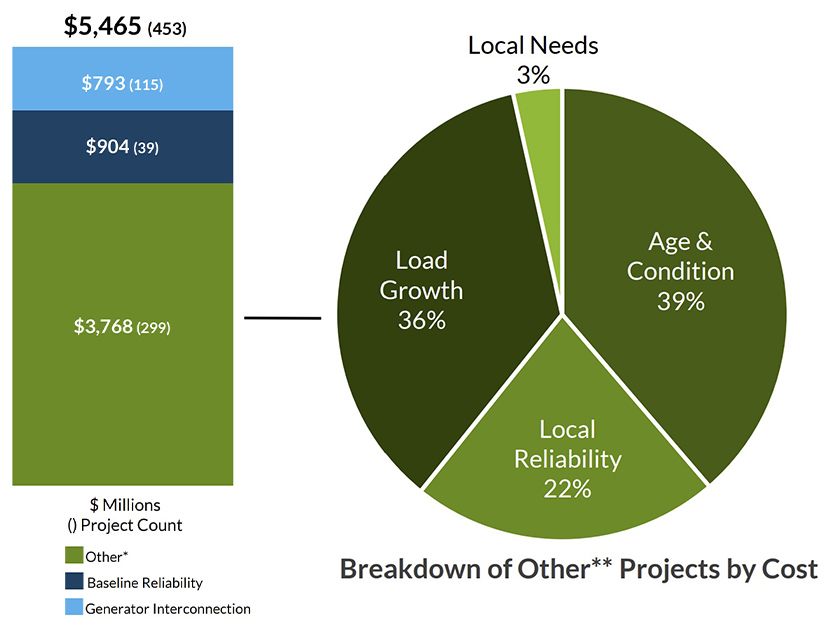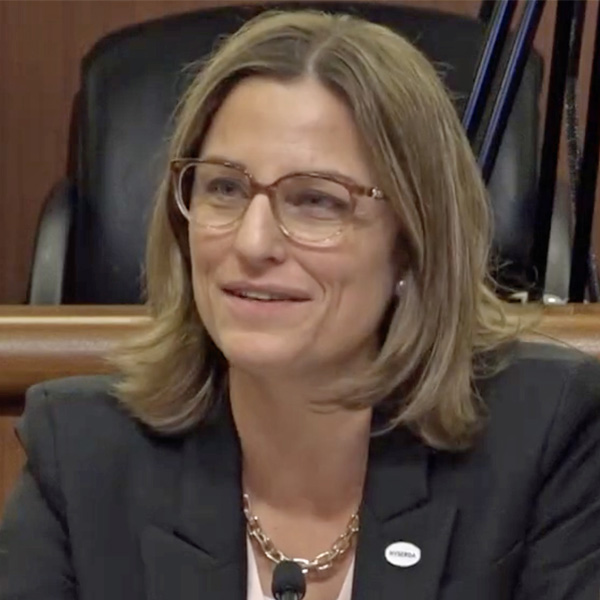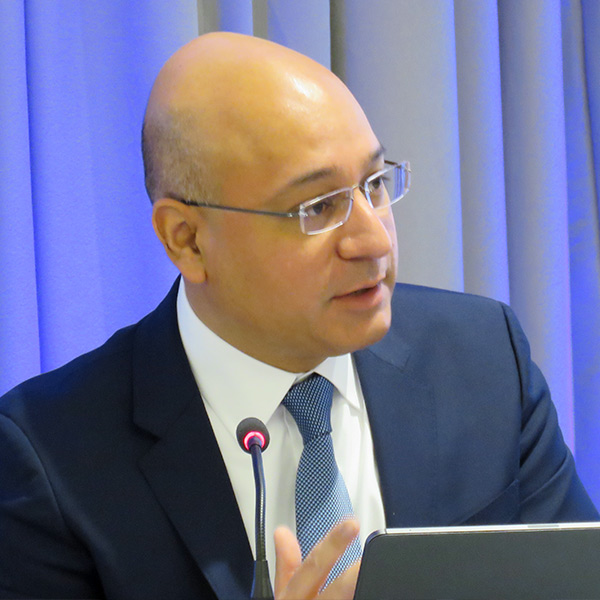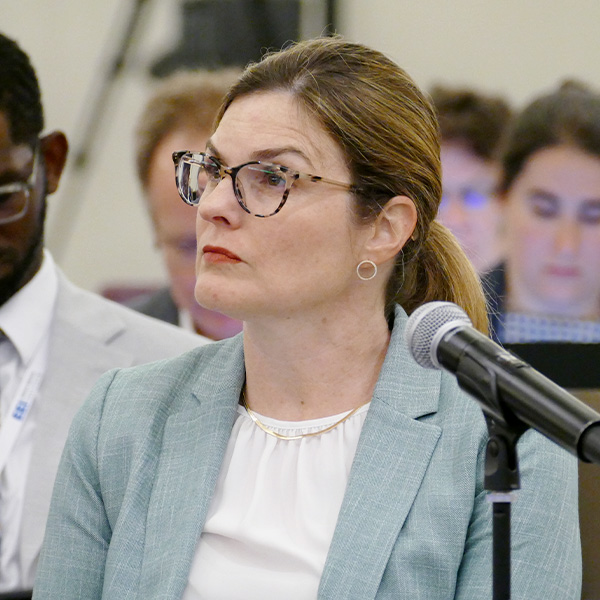MISO revealed last week that its draft 2024 Transmission Expansion Plan calls for $5.5 billion in projects, with the South region again accounting for some of this year’s most expensive projects.
MISO has a $5.5 billion, 453-project portfolio in its hands thus far under MTEP 24, stakeholders learned over a series of subregional planning meetings last week. The draft MTEP 24 represents a more typical investment amount for MISO’s annual transmission cycle on the heels of the record-breaking, $9 billion MTEP 23.
However, MISO South transmission owners are continuing last year’s trend of recommending costly local projects.
MTEP 24 contains $793 million in generator interconnection projects, $904 million in baseline reliability projects needed to meet NERC criteria and almost $3.8 billion in “other” projects, or projects needed to address load growth, the age and condition of existing facilities and transmission owners’ self-imposed reliability criteria.
MISO said the 10 most expensive projects account for 26% of the total proposed MTEP 24 costs, with seven located in MISO South.
MTEP 24’s costliest baseline reliability projects either rebuild or construct lines and substations in the South. The portfolio also includes projects to meet load growth in central Mississippi. The central part of the state is positioned for even more load growth, with Entergy announcing it will power two data centers totaling $10 billion for Amazon Web Services, Amazon’s cloud technology subsidiary.
“Again, we have a big year in the South,” Trevor Armstrong, manager of MISO South’s expansion planning, said during a Feb. 8 South Subregional Planning meeting.
Armstrong said most of the generator interconnection upgrades in the South region are intended to connect new solar farms.
Amanda Schiro, MISO senior manager of expansion planning, attributed some of the continued uptick in MISO South projects to load growth while working around the South’s webbing of load pockets.
Schiro said MISO will select some projects for project alternatives study, though it hasn’t decided which projects warrant further analysis. She said MISO will keep stakeholders informed on which projects are getting a second look.
“We are looking for more efficient solutions, potentially larger solutions to replace some local projects,” Schiro said during a Feb. 5 Central Subregional Planning meeting.
However, at a Feb. 6 West Subregional Planning meeting, Expansion Planning Manager Zheng Zhou said there are “limited opportunities” to devise alternatives for some project categories, such as load growth, age and condition replacements, and smaller projects, such as breaker replacements.
Some stakeholders urged members to upgrade to advanced conductors when completing age and condition projects. They said using state-of-the-art conductors on replacement projects will save money in the long run.
MISO will continue to evaluate part of a project Entergy submitted last year to meet load growth in the Amite South load pocket in southeast Louisiana under MTEP 24. MISO made a substitution on the first section of Energy Louisiana’s nearly $2 billion, three-part Amite South reliability project during MTEP 23 and delayed approval of the third portion of the project until it can vet project substitutes. (See MTEP 23 Catapults to $9.4B; MISO Replaces South Reliability Projects.)
So far, MISO hasn’t landed on a satisfactory alternative to part three of Amite South project, but it’s still searching.
“At this point, we’re performing longer-term studies to see how it fits in with the phase one and two portions of the project,” Armstrong said.
Schiro said last year’s MTEP represented the largest investment in the South region since its integration 11 years ago. She also said MTEP 23 saw a record-breaking number of generator interconnection queue applications.
Over 2023, MISO developers struck generator interconnection agreements for 69 projects and withdrew 145 projects.
More withdrawals are all but certain. For the 2021 cycle of generation projects wishing to connect in MISO South, MISO’s studies show $14.5 billion in network upgrade costs is needed. MISO said South region generation projects currently face around $100 million apiece in interconnection costs.
MISO’s current generator interconnection queue consists of 1,379 projects totaling 237.1 GW. Those figures don’t yet include the 2023 class of project submittals. MISO has put those entries on hold until March while it implements new, stricter queue rules meant to discourage speculative generation projects. (See MISO to Try Again for Interconnection Queue MW Cap, Open Window for 2023 Requests.)



